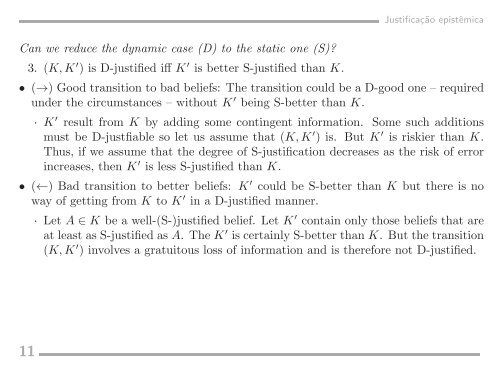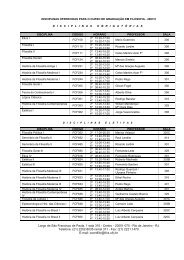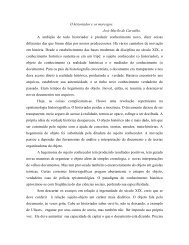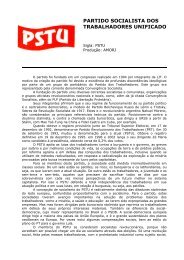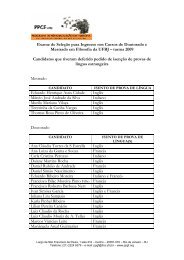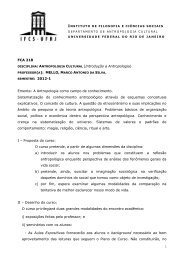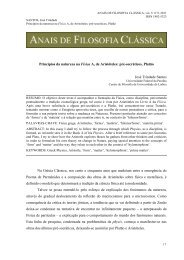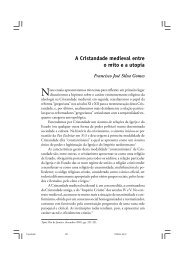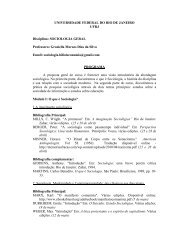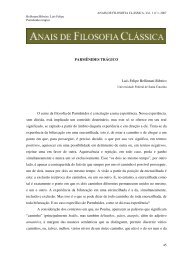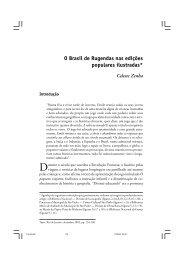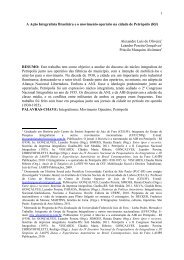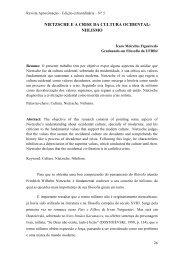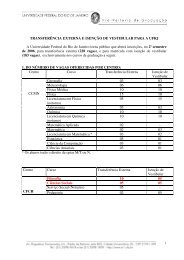Teorias de Mudança de Crenças (Dinâmica Doxástica) - IFCS
Teorias de Mudança de Crenças (Dinâmica Doxástica) - IFCS
Teorias de Mudança de Crenças (Dinâmica Doxástica) - IFCS
You also want an ePaper? Increase the reach of your titles
YUMPU automatically turns print PDFs into web optimized ePapers that Google loves.
Can we reduce the dynamic case (D) to the static one (S)?<br />
3. (K, K ′ ) is D-justified iff K ′ is better S-justified than K.<br />
Justificação epistêmica<br />
• (→) Good transition to bad beliefs: The transition could be a D-good one – required<br />
un<strong>de</strong>r the circumstances – without K ′ being S-better than K.<br />
· K ′ result from K by adding some contingent information. Some such additions<br />
must be D-justfiable so let us assume that (K, K ′ ) is. But K ′ is riskier than K.<br />
Thus, if we assume that the <strong>de</strong>gree of S-justification <strong>de</strong>creases as the risk of error<br />
increases, then K ′ is less S-justified than K.<br />
• (←) Bad transition to better beliefs: K ′ could be S-better than K but there is no<br />
way of getting from K to K ′ in a D-justified manner.<br />
11<br />
· Let A ∈ K be a well-(S-)justified belief. Let K ′ contain only those beliefs that are<br />
at least as S-justified as A. The K ′ is certainly S-better than K. But the transition<br />
(K, K ′ ) involves a gratuitous loss of information and is therefore not D-justified.


